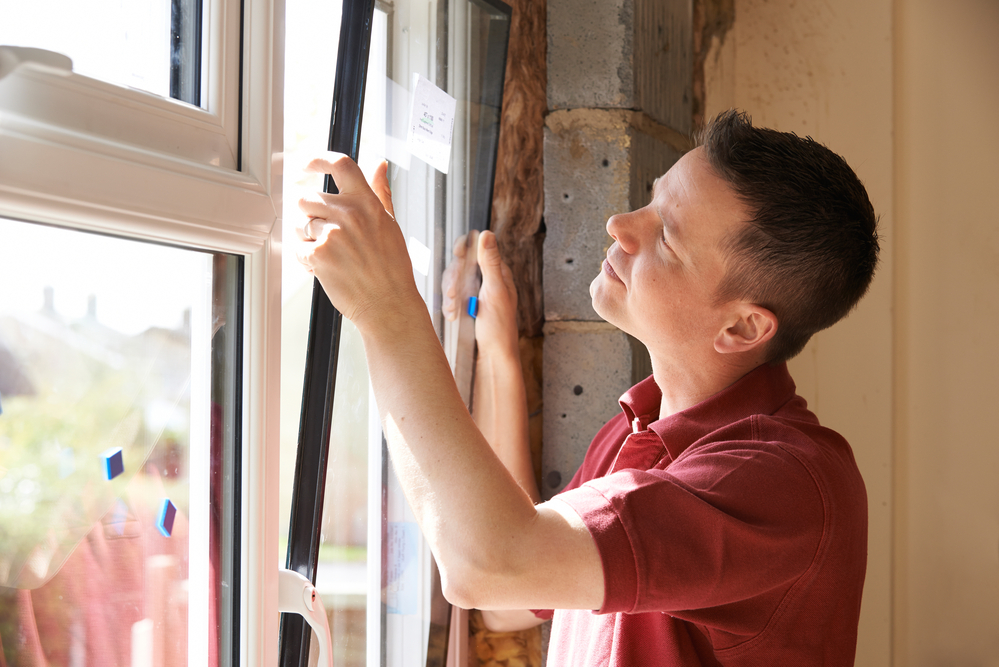6 Things to Consider when Choosing Window Screens
By The Shower Drapes | Blog

Selecting the appropriate window screen plays a crucial role in the home enhancement project. It’s essential to take into account aspects such as the material, dimensions, and durability while picking a screen for your windows.
Choose a screen material that is appropriate for your needs. Options include aluminum, fiberglass, and pet-resistant screens.
Choosing the right material for your window screen is important. The material you choose should be appropriate for the environment and durable, easy to maintain and clean, resistant to pests and insects, and offer good protection against heat (for example, if you live in an area where it gets hot during summer).
Aluminum screens are lightweight but still durable. Fibreglass is more expensive than other screen materials but will last longer than aluminum or vinyl.
The mesh size affects the amount of light and air passing through the screen. Choose a mesh size that meets your needs for ventilation and visibility. Mesh sizes are measured by their width in millimeters (mm), with 10mm being about 1 inch. The larger the number, the greater space will be available for airflow through your window screen.
Window screens can be made from different materials, including aluminum, wood, and vinyl. Consider durability, ease of maintenance, and aesthetic preferences when choosing a frame material.
Aluminum is strong and durable; however, it can be more expensive than wood or vinyl. Vinyl is less expensive than aluminum but doesn’t have the same strength or durability as steel. Wood frames are ideal if you have children or pets who might try to chew on them–if they do manage to break through the screen itself, then there’s nothing left behind that could cause damage inside the house with sharp edges!
Consider the color of your window frames and the overall aesthetic of your home when choosing a screen color. The color should match the walls and other things in your room that could affect how the light shines through it. It also helps if you have decorative elements hanging on the wall above where you plan on placing your window screens–like art or mirrors–so they don’t look out of place against their new backdrop (the glass).
Make sure the screen you choose is compatible with the type of window you have and that you have the necessary tools and skills to install it. Consider hiring a professional here for a perfect window screen installation.
Screening options come in many varieties and can be installed in different ways. For example, some screens are designed for easy removal and replacement, while others are meant to stay in place permanently.
When looking at strength and design features, there are two main types of screens that you should consider:
A good window screen is an investment that will save you money and keep your home looking great year after year. Make sure you take the time to research the options available and choose a product that meets both your aesthetic needs and budget.
Why Students Increasingly Suffer From Psychological Illnesses
Understanding the Benefits of Window and Door Replacement
How Does the Shower Curtain Liner Go Inside the Tub?
How to Wash Vinyl Shower Rod With a Squeegee
Learning How Often Should You Change Shower Curtain Liner
How to Remove Mold From Polyester Shower Curtain
Is a Plastic Shower Curtain Recyclable?
IKEA Shower Curtain Rod
There are affiliate links in this post. At no cost to you, I get commissions for purchases made through links in this post.